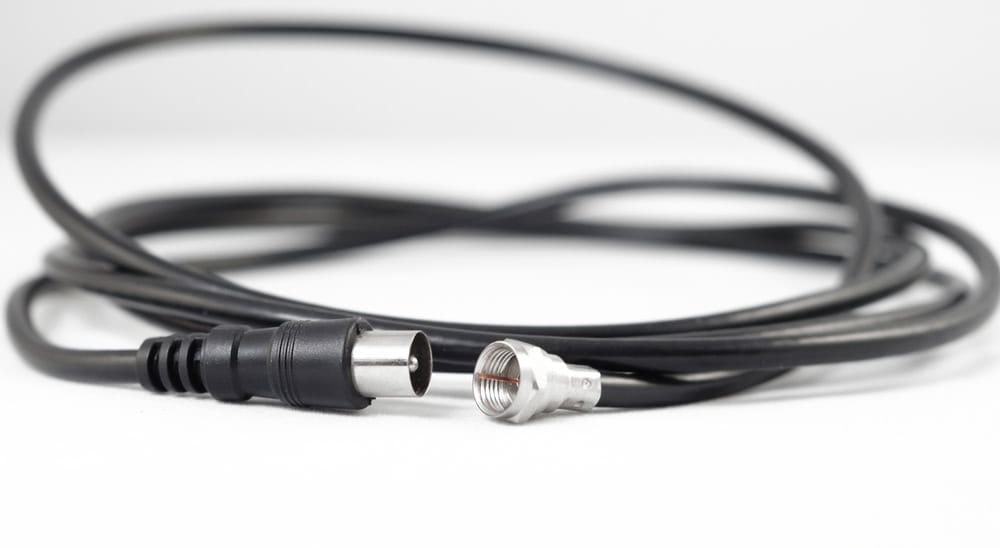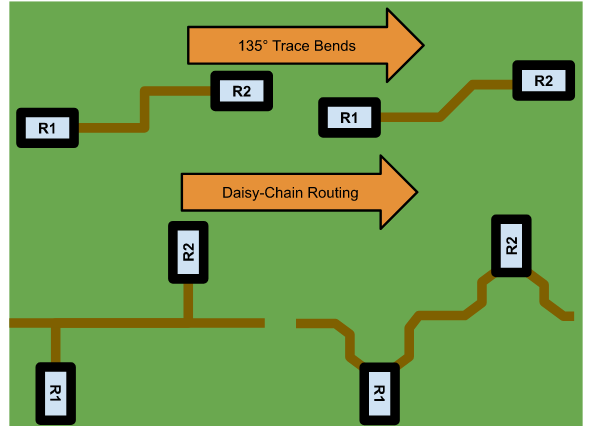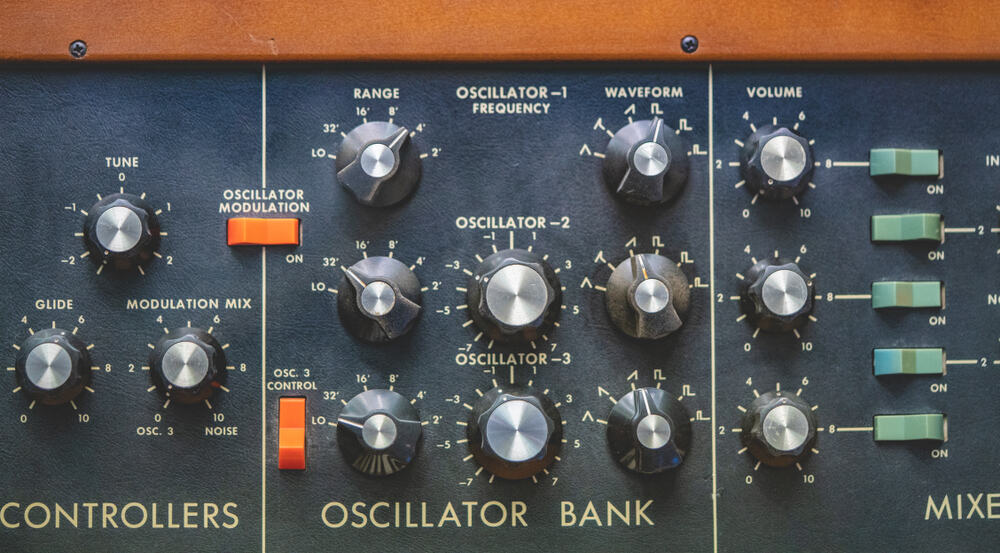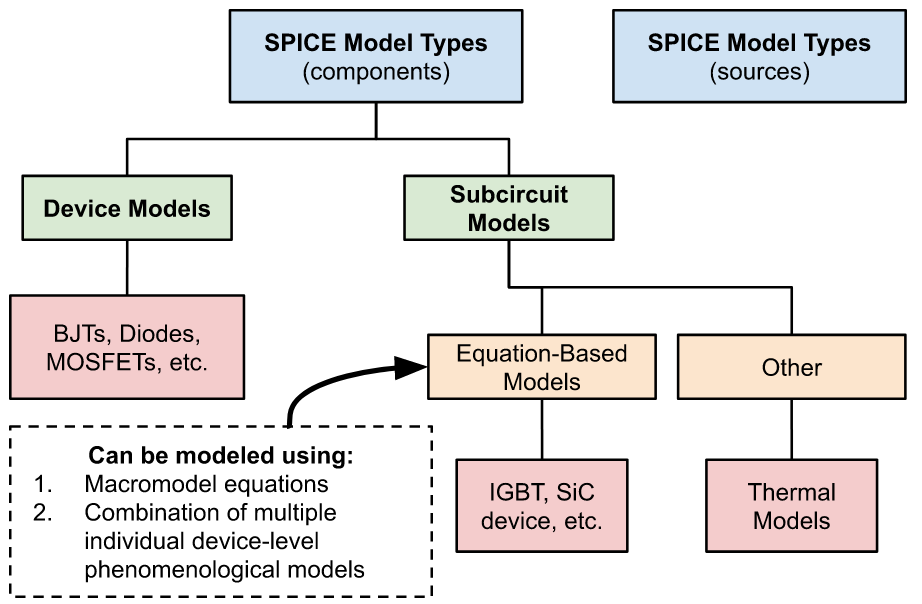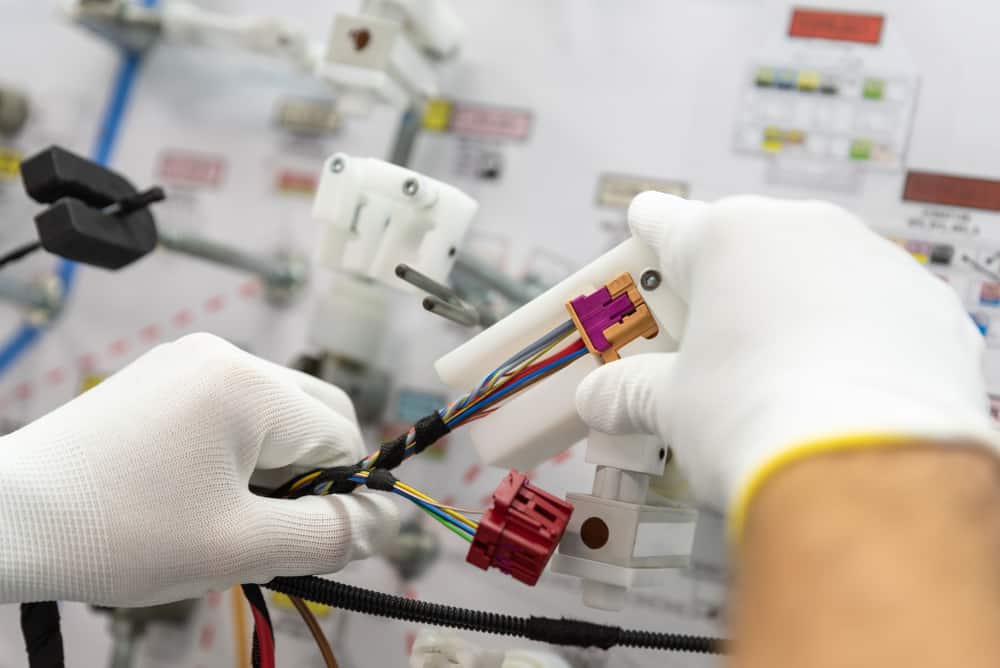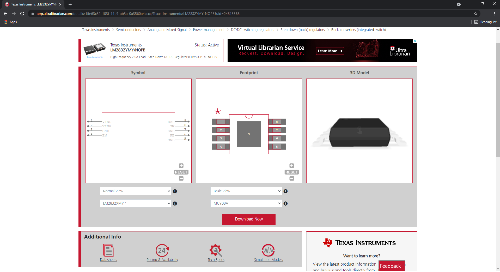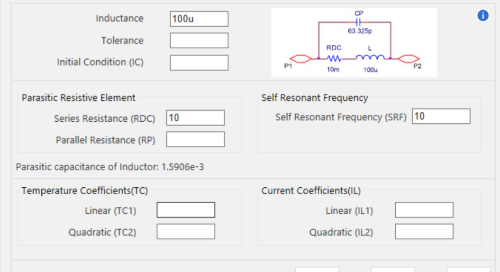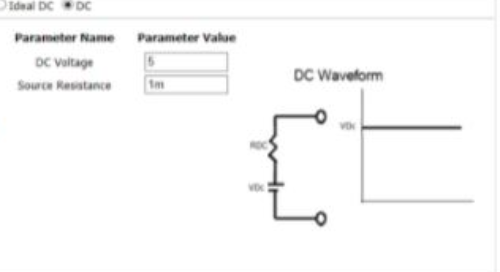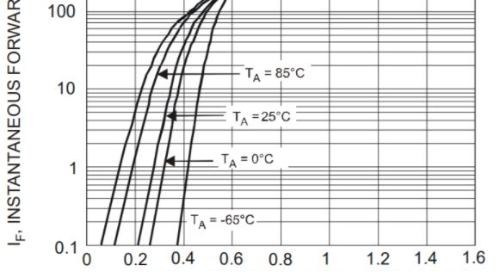
No single factor affects the quality of your PCBA design process more than the EDA tool you use. Therefore, it is important to do a PCB CAD software comparison that weighs the benefits versus the cost to ensure your design program meets your requirements today and tomorrow.
Comparing the Best PCB CAD Software
The table below lists a compilation of the top PCBA design programs, each of which is quite capable of meeting the basic requirements for designing a circuit board. For this PCB CAD software comparison, the programs are ranked according to an overall rating on a 0-100 percentage scale calculated from a weighted sum of benefits and cost factors.
The cost, which directly contributes 30% to the overall score, is an inclusive quantitative measure of pricing for the most comprehensive version of the program on a 0 to 100-point scale (the higher the cost, the lower the rating). This includes any licensing, registration, and other fees necessary to access full functionality. Advanced and custom features comprise the benefits*, which accounts for 60% of the overall rating, directly. The final 10% of the overall rating is for scalability. This factor, which adds to benefits and costs, reflects how robust the PCB CAD software platform is in responding to your increasingly complex design requirements. Again, a 100-point scale is used with 0 indicating the tool does not include any inherent scalable capabilities; such as the ability to add PI, SI, thermal, or other analyses to ensure design compliance with industry standards.
*Note: No disadvantages or negative scoring are included in either rating.
PCB CAD SOFTWARE COMPARISON | |||||
Rank | CAD Software | Benefits | Cost | Scalability | Overall Rating |
1 | OrCAD | 96 | 78 | 100 | 91.0% |
2 | Altium Designer | 94 | 74 | 60 | 84.6% |
3 | Autodesk Eagle | 85 | 90 | 45 | 82.5% |
4 | PADS | 78 | 85 | 75 | 79.8% |
5 | KiCAD | 65 | 100 | 20 | 71.0% |
6 | DipTrace | 67 | 86 | 20 | 68.0% |
7 | EasyEDA | 60 | 100 | 20 | 68.0% |
OrCAD
Benefits:
Real-time design (DRC, Supply chain, DFM)
3D ECAD-MCAD co-design
Rules driven rigid-flex design
Advanced in-design simulation (SPICE & SI)
Auto-interactive high-speed routing
Scalable design platform
Cost: ($-$$$)
Scalability:
This program can be easily expanded to include specific analyses and testing functionality and tools. Specific tools include Sigrity–for PI, SI, and interface compliance testing, Celsius–for thermal investigations and verifications; such as needed for hazardous environment applications like space–, and custom apps that provide targeted functionality for design optimization.Summary:
OrCAD is an advanced, scalable PCB CAD software program that integrates with a suite of SI, PI, and thermal and library management tools applicable for designing circuit boards of all levels of complexity.
Altium Designer
Benefits:
Advanced interactive routing
Supply chain intelligence
Real-time BOM
Circuit simulation
Cloud platform
Cost: $$$$
Scalability: Altium is designed as a standalone design platform that includes custom tools, like a real-time BOM, to give designers important and up-to-date data for designs of varying degree of complexity. There are extensions that can be added; however, these are limited.
Summary:
Altium Designer is a complete PCB schematic and layout design program with a BOM that provides accurate component information, targeted high-speed design attributes, and advanced routing capabilities.
Autodesk EAGLE
Benefits:
Community-based design environment (Fusion 360)
Circuit simulation
Real-time schematic PCB layout design synchronization
Advanced routing capabilities; such as object avoidance and push and shove
Cost: $
Scalability: EAGLE/Fusion 360 includes capabilities for designing circuit boards of different levels of complexity. The program is popular for its ease of use and comprehensive functionality. Although an integrated SPICE simulator is included, highly complex simulation tools are not readily available.
Summary:
Now integrated into the Fusion 360 platform, the popular EAGLE PCBA design program allows for leveraging community expertise and easier integration with other Autodesk tools; such as mechanical design.
PADS
Benefits:
Xpedition technology-based workflow
Circuit simulation
Supply chain resilience
Siemens Integration
Cost: $$$
Scalability: PADS is a comprehensive PCB design platform with inherent capabilities for improving manufacturability and development efficiency. This includes targeted layout and simulation capabilities.
Summary:
PADS provides advanced circuit board functionality based on maximizing automation and optimizing the UX.
KiCAD
Benefits:
Integrated design environment
Open source
Reliable import of other design formats; such as EAGLE, etc.
Multilingual
Cost: Free
Scalability: KiCAD thrives with users due to community exchange of scripts and extensions to add application-specific features. For advanced capabilities, there are third-party application developers that improve design capabilities and development processing.
Summary:
KiCAD is a highly functional program allowing easy conversion from other PCB CAD software formats. You can also write modules for the program. And it can be used by designers and engineers at all stages of their careers.
DipTrace
Benefits:
User-friendly
Easy component symbol and footprint building
Real-time DRC
Shape-based auto-routing
3D preview and outputs
Cost: $$
Scalability: Similar to many CM developed PCB CAD software programs, DipTrace is meant to help designers create designs for efficient manufacturing as opposed to complex operational/functional analysis and verification. However, SPICE integration is available for some design review.
Summary:
DipTrace is an easy-to-learn and use PCB CAD program that includes simple component creation capability.
EasyEDA
Benefits:
Simple to use
Extensive component symbol and footprint library
Basic circuit simulation
Cost: Free
Summary:
EasyEDA includes all of the functionality needed to design circuit boards. It also includes limited simulation capability and export to other PCB CAD software program formats.
PCB CAD Software: Optimizing Efficiency and Effectiveness
As the PCB CAD software comparison above illustrates, there is significant variation in benefits and costs among the top circuit board design programs. By integrating EDA product developments and techniques, you can elevate the capabilities and usability of your CAD PCB design solution. However, there are additional product development challenges that should be considered.
A significant issue that can accompany EDA tool integration is incompatibility. For example, converting to an alternative format (such as to perform simulations) can result in a loss of design detail that translates into manufacturing errors. Component unavailability and other supply chain problems can also wreak havoc with PCBA development and production. The right professional product design software can help you overcome these obstacles and maximize the quality and efficiency of your PCBA development process.
EMA Design Automation is a leading provider of the resources that engineers rely on to accelerate innovation. We provide solutions that include PCB design and analysis packages, custom integration software, and engineering expertise, which enable you to create more efficiently. For more information on optimizing your PCB CAD software solution and how we can help you or your team innovate faster, contact us.
